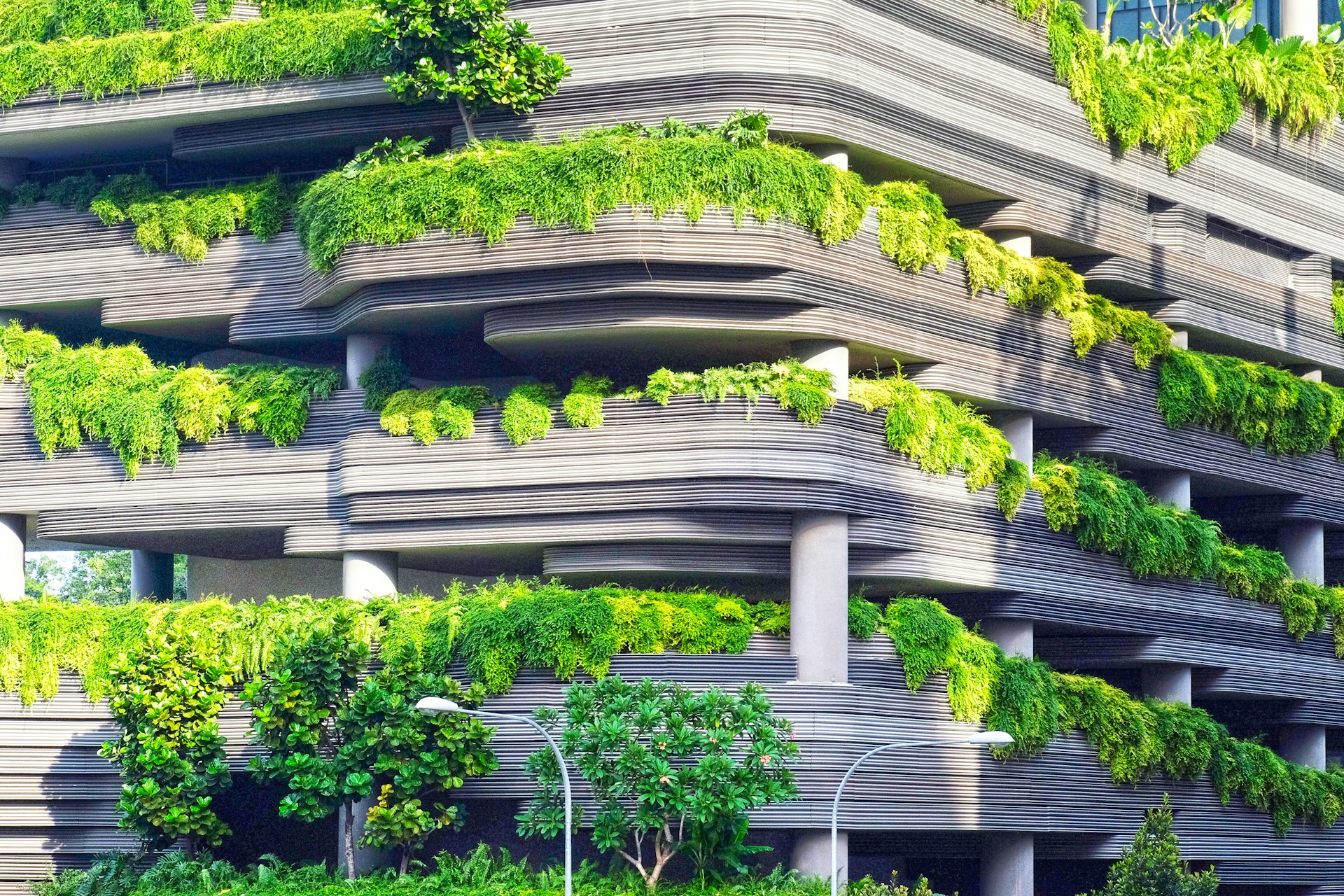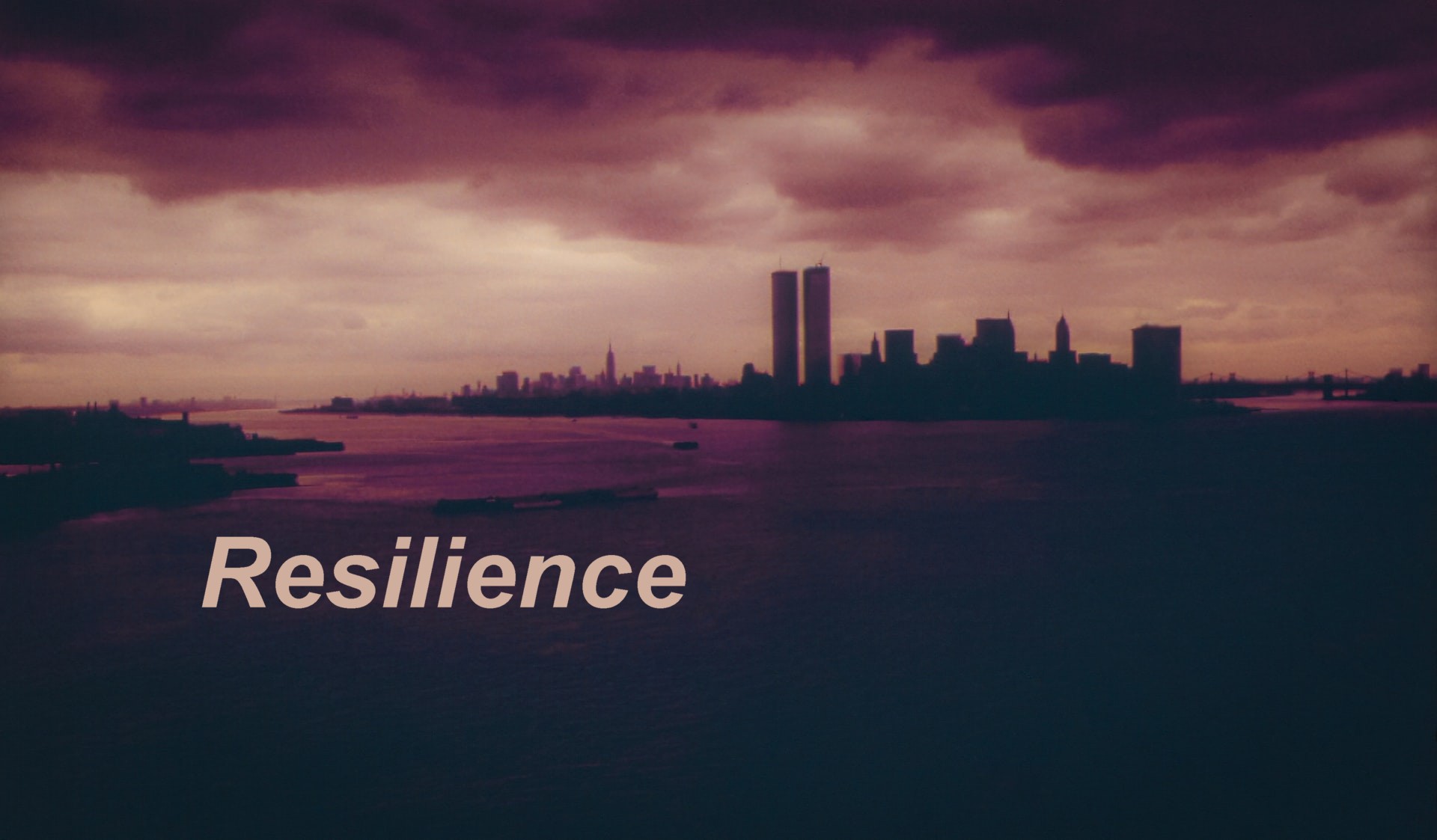Avoiding Greenwashing in Construction is Paramount for Building an Eco-Friendly Future




By: Evelyn Long
Companies and organizations that do what they say they will and are transparent about their efforts and processes contribute to an eco-friendly future based on structural and deep-rooted change. Taking a stance against greenwashing, embracing sustainable building practices and prioritizing environmental wellness can help construction businesses create an eco-friendly future.
Defining Greenwashing
Greenwashing is when companies or organizations give the impression they are conducting business with green principles and eco-friendly practices when, in fact, they are not. There are two ways it can happen.
Businesses can falsely market services, policies and products with claims that they are sustainable, climate-conscious and working toward zero emissions. They can also provide unintentional misinformation, like promising green energy use by a certain year and failing to reach that goal. They may also be partially sustainable but claim to be 100% to present themselves as an eco brand.
How Does Greenwashing Occur in the Industry?
Here are some ways greenwashing occurs in construction and how it can be avoided.
Offsetting as a Substitute for Change
Previously, companies preferred investing in carbon offset projects like planting trees or using renewable energy over making changes and reducing their carbon emissions. This delays actual transformation and drives land grabs that could devastate communities and natural resources. Considering that 20%-50% of a building’s lifetime emissions will occur during construction, there needs to be a change in how companies conduct business, from acquiring materials to developing building plans and strategies.
The solution: Make efforts to change building practices. For example, use prefabricated structures that create less landfill waste or self-healing concrete and hempcrete.
Inconsistent Reporting Frameworks
Some companies use greenwashing strategies to manipulate emissions targets. This happens when a business chooses an atypical base year to measure emissions reductions, presenting numbers as more significant than they are. This also occurs when making cuts seem more significant by calculating metric tons of CO2 emitted per $1 million in sales.
The solution: Companies can back up their claims with accurate evidence and data, even if it makes their business only partially eco-friendly. It will be easier to continue taking steps to become fully green.
Vague Claims and Fake Certifications
Construction companies that make ambiguous claims without specific and detailed information can appear eco-friendly when they’re not. For example, a business could claim to prioritize green materials but not disclose what they are, how they’re produced and how they’re transported. It could present a “green certification” merely for the sake of marketing rather than making actual changes to the system.
The solution: Making green construction more about the processes involved rather than acquiring certifications or accreditation will ensure genuine change.
Misleading Linguistic Practices and Imagery
Construction companies may greenwash by displaying green or eco-friendly imagery to present or advertise themselves as pro-environment, unrelated to actual practices. They may use buzzwords like “zero waste” or “zero emissions” on a project without backing up their claims.
The kind of language used is also essential. “Sustainable” is a definitive adjective pointing to intentional and consistent action. However, when the suffix “ly” is added to make the term “sustainability,” it waters the concept down and is often used to create a facade of progress. A company may have only made minor changes without addressing deep-rooted or structural issues.
The solution: Companies can use accurate language, look for ways to take action and share news with audiences without overpromoting.
Why Avoiding Greenwashing Is Paramount for Building an Eco-Friendly Future
Heavy scrutiny and action against greenwashing have increased worldwide, pushing organizations, businesses and leaders toward genuine change. For example, last year, the ACCC’s internet sweep found that 57% of 247 companies reviewed were making vague, unclear or false claims about their environmental credentials. This shows how avoiding greenwashing should be the priority of all businesses, including the construction industry.
Avoiding greenwashing is about compliance with sustainable environmental practices and transparency in how companies present themselves.
Construction companies that commit to eco-friendly practices and environmental stewardship allow space for innovative ideas and solutions leading to an eco-friendly future. They must integrate green practices into every aspect of operations, including acquiring materials, outlining supply chain practices, focusing on recycling and making boardroom decisions.
Construction companies must also be transparent. Providing an honest account of their efforts to be sustainable, their environmental impact and plans to make change will enable clients and stakeholders to hold them accountable. Companies’ claims will be more useful if they are transparent, precise, reliable and relevant.
Building an Eco-Friendly Future With Commitment and Transparency
It’s up to companies to commit to sustainable construction practices, be transparent about green processes and make needed changes. Businesses that avoid greenwashing and embrace eco-friendly practices will stand out in the marketplace with their authenticity and push others to do the same.
___________________________________________
Evelyn Long is a writer and editor focused on construction and sustainability. Her work can be found on Renovated, a web resource for better building and design. This article was prepared for the Building Resilience Coalition. Photo by Danist Soh on Unsplash
Recent Posts
The Growing Importance of Resiliency in the Design and Construction of Buildings
Resiliency is becoming increasingly important in building design and construction due to the rising frequency…
GCCA Global Low Carbon Ratings for Cement and Concrete
The Global Cement and Concrete Association (GCCA) has developed a standardised low carbon rating system…
Building for Resiliency with Insulated Concrete Forms
Building with Insulated Concrete Forms (ICFs) is increasingly recognized as a critical component of modern…
Building Resiliency in the Pacific Northwest
In the Pacific Northwest, the increasing frequency and severity of climate-related disasters, such as wildfires,…
How California can rebuild safer, more resilient cities after wildfires
The catastrophic LA wildfires were a powerful reminder that governments and communities need to think…
Mobilizing Resilient Design and Construction
Implementing a multifaceted strategy can motivate state and local governments to prioritize resilient design and…


